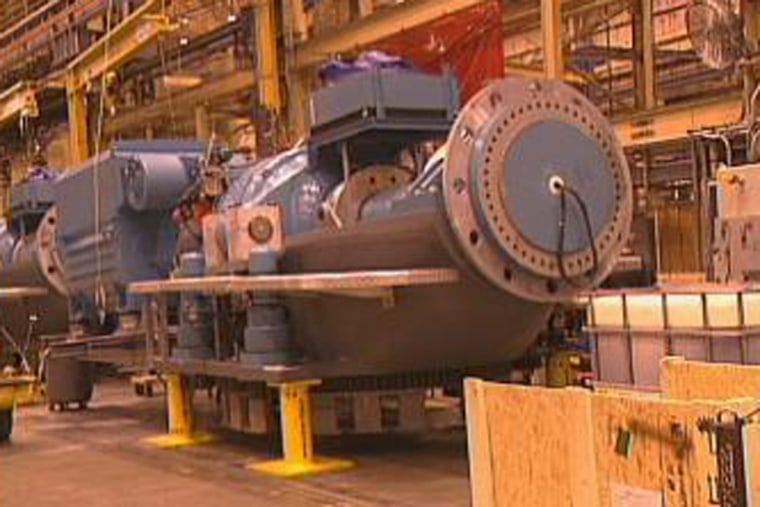With rising energy prices squeezing profits, corporate managers are looking for alternatives. And there are signs that conservation measures – even those that don’t cost a lot of money – are beginning to pay off.
As CNBC reports this week, companies are finding new ways to save money and expand their markets by looking for ways to use less fossil fuel.
The potential savings are huge. Industrial use accounts for about a third of energy consumed in the U.S., according to Energy Dept. estimates. And by cutting back on just 20 percent of that consumption, American businesses could save close to $19 billion a year at 2004 energy prices, according to by the National Association of Manufacturers. About 30 percent of those savings can be achieved with no capital investment, the report said.
Company managers are apparently already looking hard for savings. Last fall, some 30 percent of those said they had made energy management a critical part of their business plan. A third said that were undertaking major capital projects to cut energy costs. And a quarter said they were at least working on low-cost, one-time fixes to try to cut energy bills.
With energy prices trending higher, the threat to the bottom line continues to grow. That’s made the motivation for conserving fuel more compelling. Some 65 percent of U.S. companies think that escalating energy prices pose a potential roadblock to their company's growth over the next 12 months, according to a survey by PricewaterhouseCoopers in the fourth quarter of 2005.
Companies like Cargill, the global food processor, are turning waste to energy -- using meat scraps to make methane and replace high-cost natural gas.
Beyond cutting their own energy use, high energy prices are creating new markets for companies that make and sell equipment and services that offer alternatives to fossil fuel. Investment in alternate energy is also getting a lift from a fresh round of government incentives and subsidies for both consumers and producers of alternative energy.
Flexible fuel vehicles and gas-electric hybrids are among the highest profile targets for the government's policy of encouraging conservation and alternative fuels. That has companies like UPS looking for ways to cut its $2 billion cost of fuel needed to move 15 million packages a day.
The amount of venture capital devoted to energy technology companies has risen sharply in the past several years. And in the Midwest, ethanol and wind farms have received the most attention from investors.
U.S. ethanol production hit nearly 4 billion gallons last year, according to the U.S. Energy Information Administration. Nearly 100 ethanol plants are in operation, another 33 are under construction and nine are being expanded, according to the Renewable Fuels Association.
Wind energy is also getting a lift. Though it makes up just a half a percent of U.S. energy consumption, it's the fastest growing sources of renewable energy in terms of usage and capacity. One big reason is the dramatic cost per kilowatt of producing electricity with wind -- making it much more competitive with fossil fuels.
That's opened new markets for makers of wind turbines like General Electric, CNBC parent company. (MSNBC is a joint venture of Microsoft and NBC.)
U.S. wind generating capacity jumping 35 percent last year as companies invested $3 billion to bring an another 2,400 megawatts online. This year, capacity is expected to grow by another 3,000 megawatts, according to the American Wind Energy Association.
